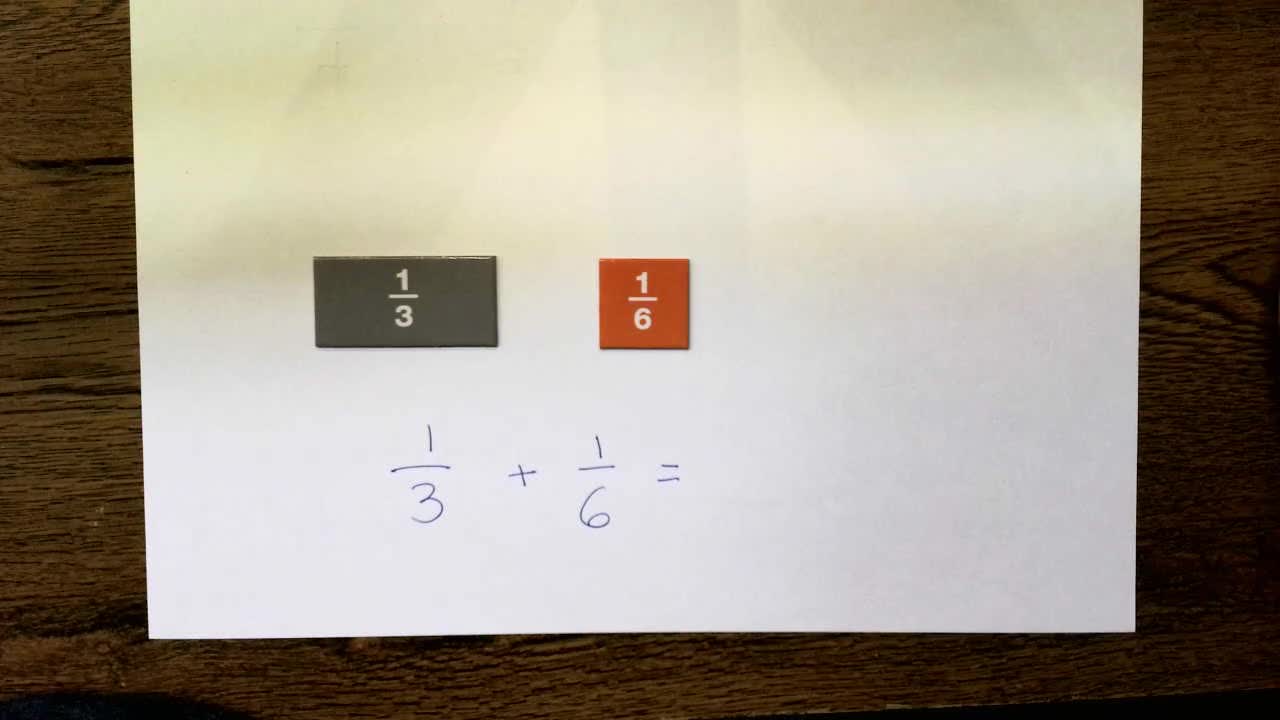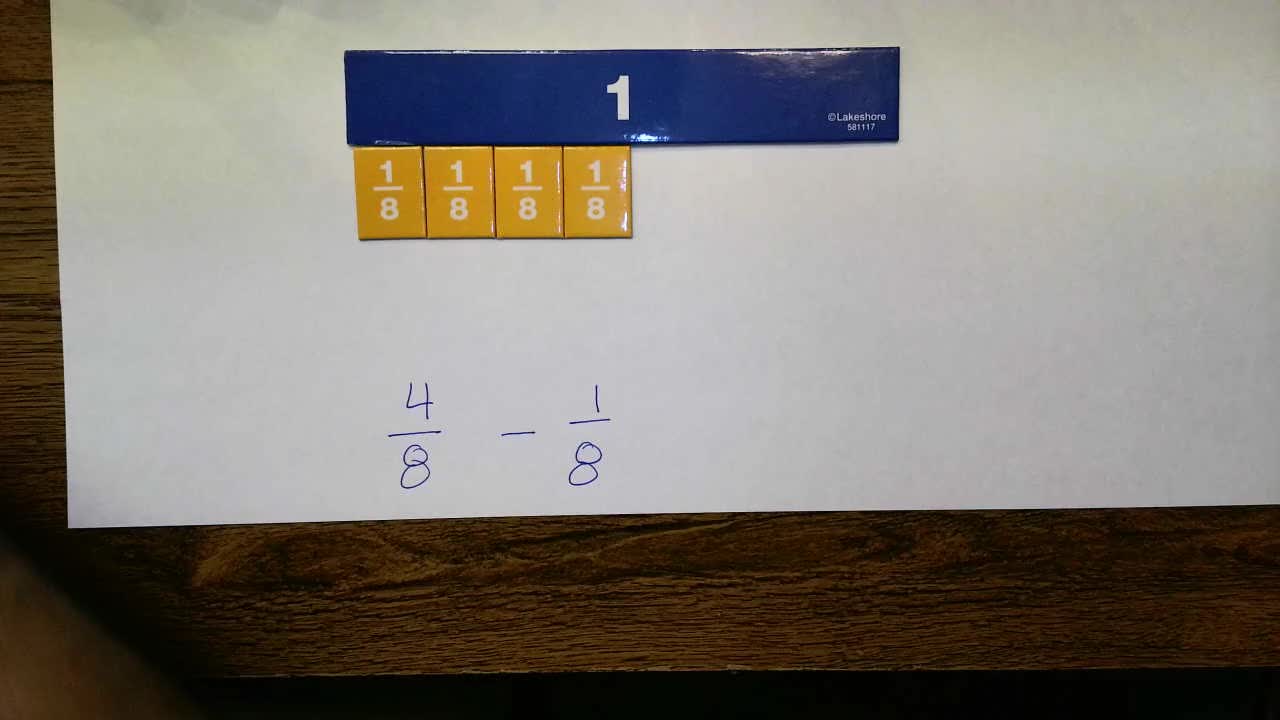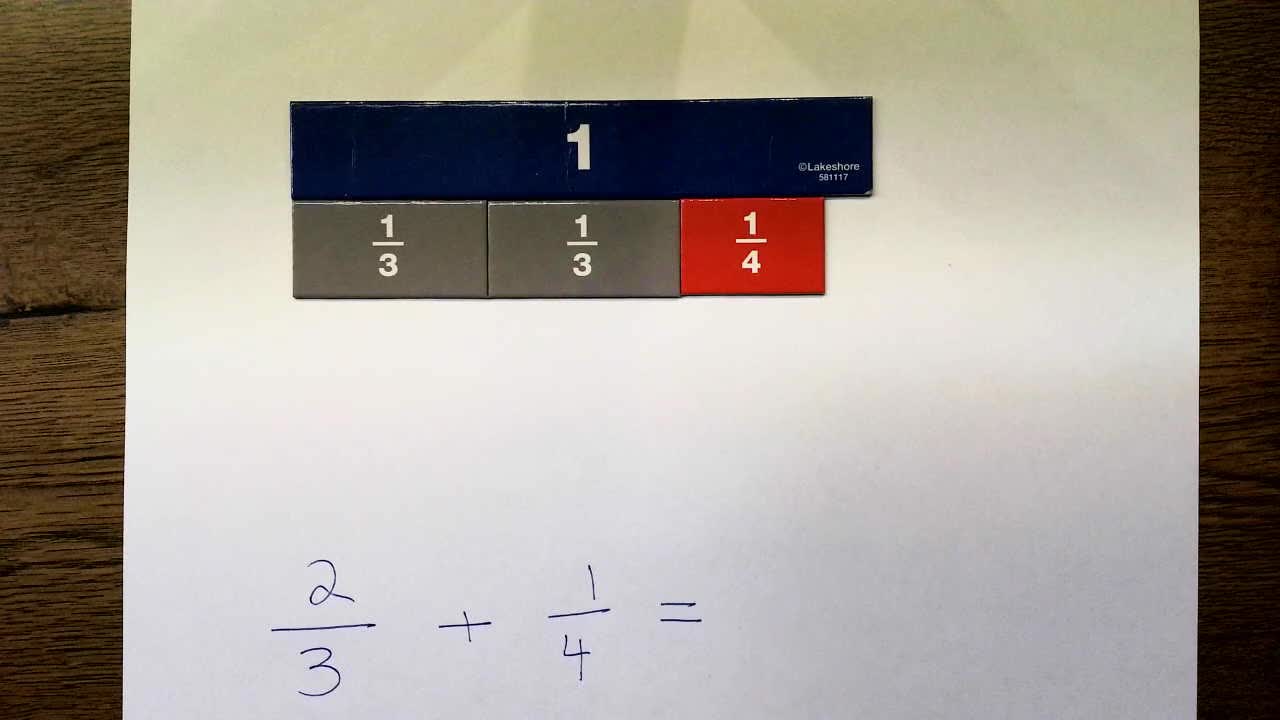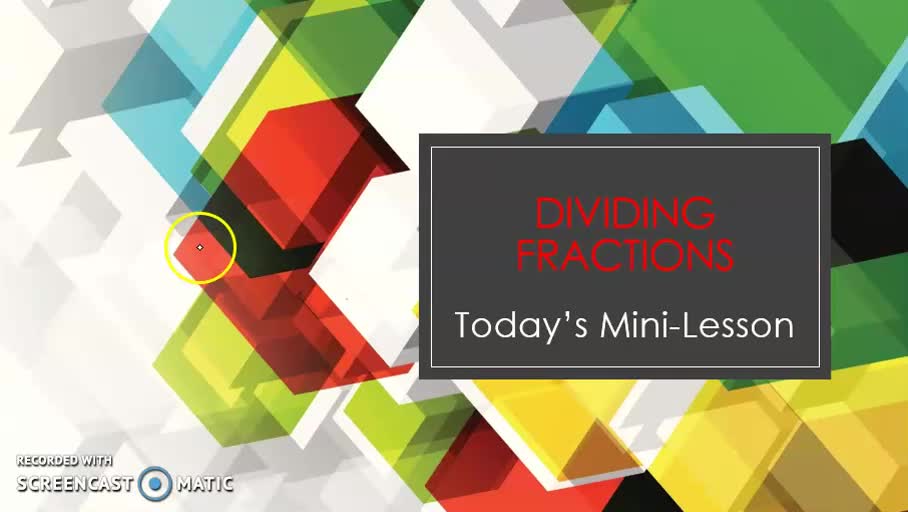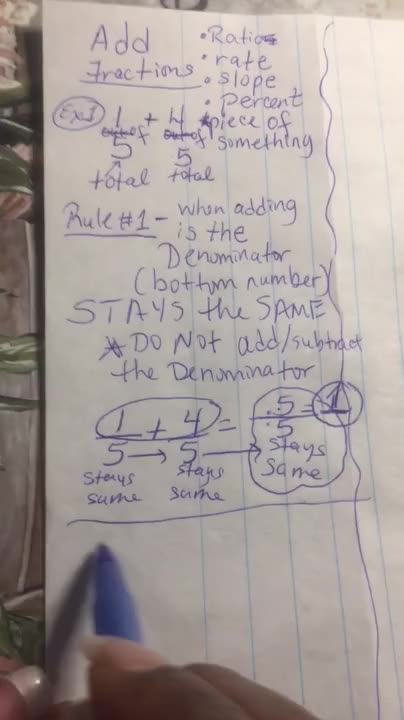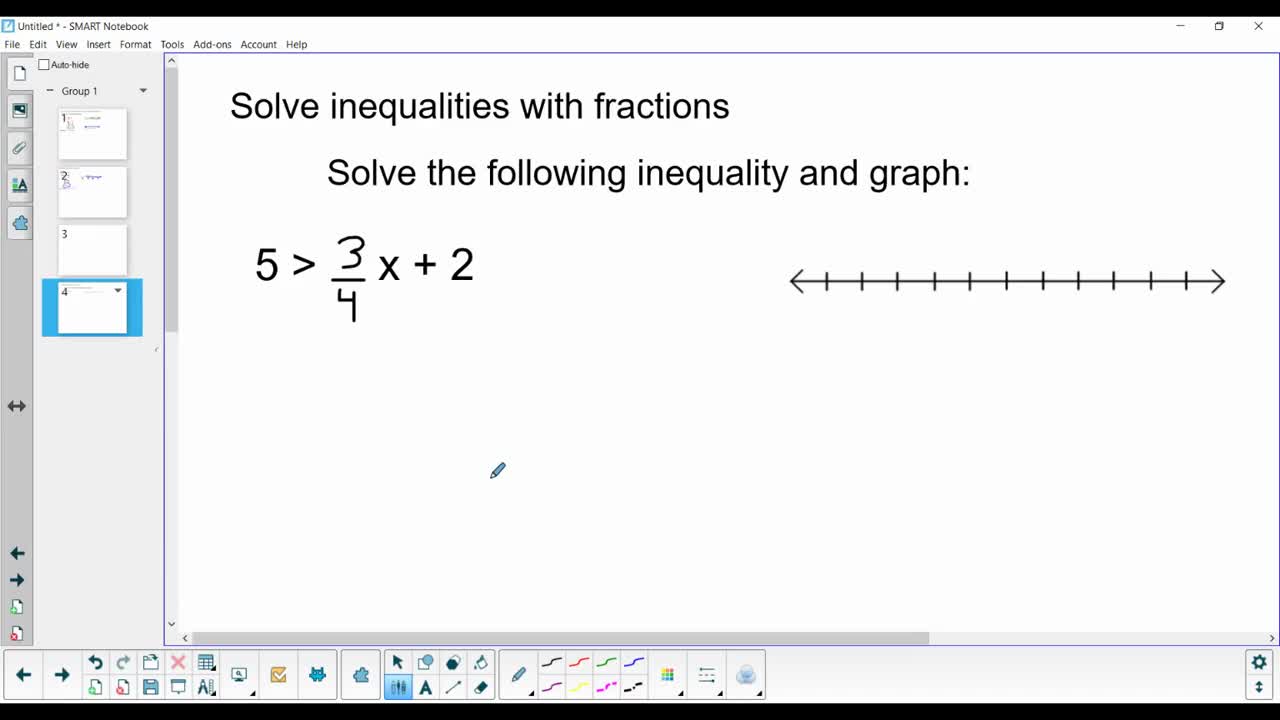Elementary > Math > Fractions Videos
Basic arithmetic involves the numbers one, two, three, and so on. These are called whole numbers, and these form the foundation of basic math. Later in life, though, students will come to realize that whole numbers are not all there is. There can be parts of numbers, or fractions.
Once students get introduced to the idea of fractions, decimals, and percentages, it broadens their thinking about numbers. The number “1” can then be “1.0001” or “1.01” or anything in between. Decimals and fractions make numbers partly more interesting.
Why is this useful? In the real world, not everything is dealt with using whole numbers. Let’s say there is one pepperoni pizza on the table to be shared among a family of four. What should the family do? Not all of them can have one whole pizza. Therefore, they have to slice it into four equal parts. With that, each member of the family gets an equal share: one-fourth of the pizza.
Decimals are also useful in the financial industry. When dealing with money, it isn’t always whole values. In fact, just look at prices in supermarkets: most of them have decimals. $4.99, $5.99, $14.99, and so on. People see and use decimals every single day even if they don’t actively notice it. Which makes it all the more important for students to learn and master.
Percentages also involve decimals and fractions. For example, 50% is one-half or 0.5, while 25% is one-fourth or 0.25. Decimals, fractions, and percentages can always be converted to and from one another, depending on the situation. These values are equivalent mathematically, so using any form is acceptable. The good thing about percentages, though, is that it’s a universal form of expressing proportions. It can be applied in school, like for test scores, at home, and at work.
